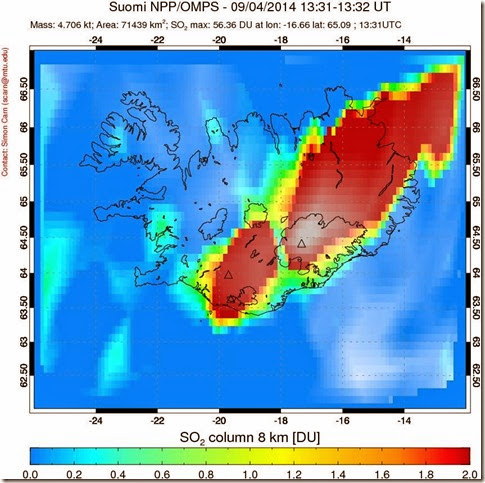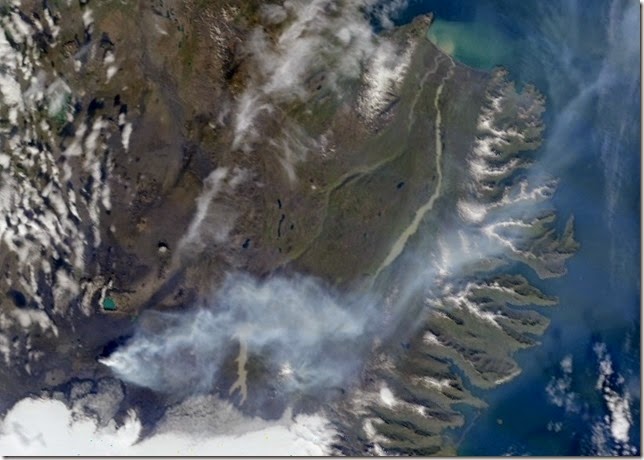In the next volume of Náttúrufræðingsins, 84(1-2): 19-26, there is an article about the seasonality of wildfires in Iceland.
Summary. Data on wildfires was collected from news databases, and for the period 2003–2010 we had data from the Iceland Construction Authority, which contains the activity of all fire departments in Iceland. Most of the fires are small; however, there were ten wildfires larger than 1 hectare in the period 2007–2013, including six larger than 10
hectares. Most of the fires are due to ignition, deliberate or accidental. There is a clear seasonal signal in the occurrence of wildfires in Iceland using data from 1943–2012. Most often they occur in spring, with 29% of each year wildfires occurring in May, followed by 28% in April and 13% in March. There is also a clear New Year’s Eve signal in January (6% of the wildfires). The data is not detailed enough to allow estimation of changes in frequency or occurrence between months, since prior to 2002/3 there was no centralized registration of wildfires. However, one can infer that wildfire during the summer months is a relatively recent development. This fits well with increased biomass
due to global warming, denser summerhouse populations, and less grazing. This also exemplifies the need for action in developing risk assessments and including wildfires in
planning.
The distribution of wildfires each month for the period 1943–2000 (blue columns; 161 events) and 2001–2012 (red columns; 947 events), and standard deviation.















